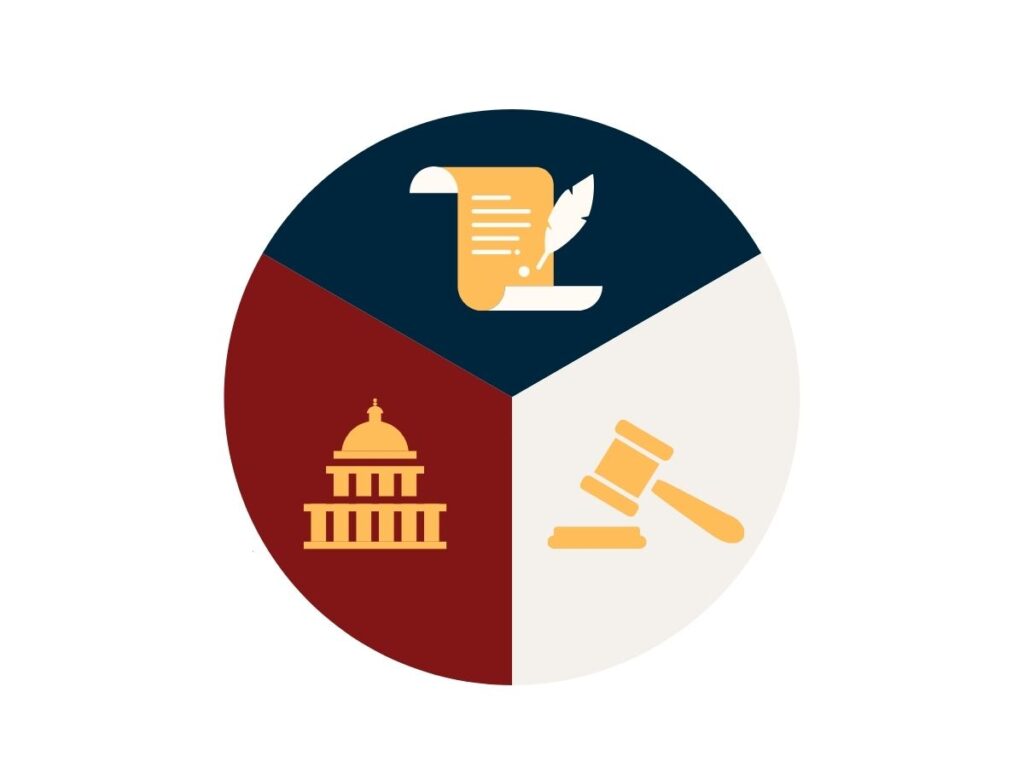On June 28, 2024, the U.S. Supreme Court issued a landmark decision in Loper Bright Enterprises v. Raimondo, changing the way courts must review a governmental agency’s interpretation of an ambiguous statute. The Court held that courts must review an agency’s interpretation of an ambiguous statute using a de novo standard. Loper Bright overruled Chevron v. National Resources Defense Council, Inc., a decades-old case that instructed courts to give deference to an agency’s interpretation of an ambiguous statute as long it was a “permissible” interpretation. In the tug-of-war underlying whether agencies or courts should interpret ambiguous statutes, Loper Bright represents a strong pull in the courts’ direction.

Loper Bright dealt with the Magnuson-Stevens Fishery Conservation and Management Act, but the decision reaches any federal agency’s interpretation of a statute, including the Patent Trial and Appeal Board of the U.S. Patent and Trademark Office (“PTAB”). On July 10, 2024, the Supreme Court requested a response to a petition for certiorari filed by United Therapeutics Corporation (“UTC”). UTC presented two questions in its petition: (1) whether the standard of review should be de novo or abuse of discretion for the PTAB’s reliance on new grounds and prior art not raised in an initial inter partes review (“IPR”) petition, and (2) whether the Supreme Court should overrule Chevron. Although UTC’s second question has now been answered by Loper Bright, its first question puts the new Loper Bright spotlight directly on the PTAB.
UTC’s petition for certiorari stems from an IPR petition filed by Liquida Technologies against one of UTC’s patents asserting that the patent was invalid as obvious in view of another patent and two journal abstracts. After UTC responded to Liquida’s IPR petition, Liquida raised new, but related, prior art in its reply. UTC contends that Liquida’s raising of new prior art in its reply violated 35 U.S.C. § 312(a), which provides that an IPR petition must identify “in writing and with particularity” the prior art asserted to render a claim unpatentable. Over UTC’s objections, the PTAB considered the new prior art and invalidated UTC’s patent as obvious. UTC appealed to the Federal Circuit, which reviewed the PTAB’s decision under an “abuse of discretion” standard, ultimately finding the new prior art admissible because the “[PTAB] has discretion to determine” whether an IPR petition “identified the specific evidence” required by § 312(a).
In its petition for certiorari, UTC argues that PTAB exceeded its statutory authority by considering prior art not raised in the petition. UTC further asserts that the Federal Circuit did not ground its decision in statutory text or precedent, and that if it had reviewed the PTAB’s decision de novo (as now required by Loper Bright) the outcome would have been different. Liquida’s response to UTC’s petition for certiorari is due August 12, 2024. This is likely one of many challenges to come regarding USPTO and PTAB decisions that implicate statutory interpretation.
Irwin IP attorneys are closely monitoring UTC’s appeal at the Supreme Court and will provide updates as the case unfolds.
